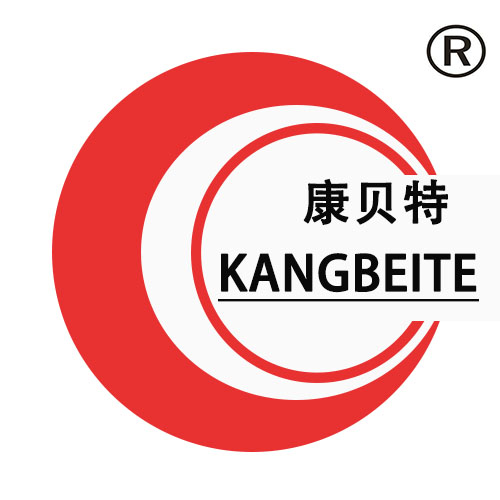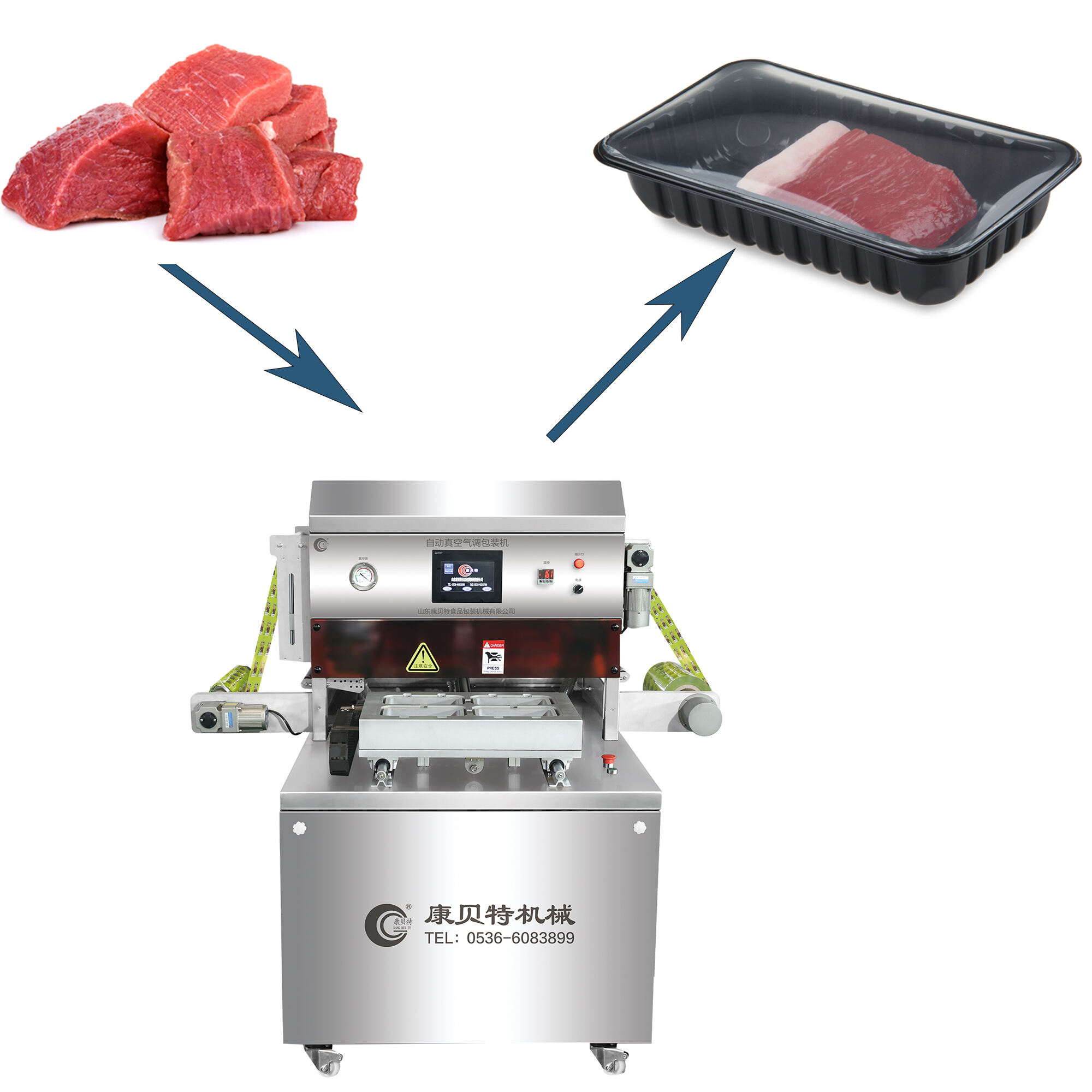Understanding the Thermoforming Packaging Machine and Its Core Function
What is thermoforming? Defining the fundamental concept
Thermoforming works by heating up sheets of thermoplastic materials like PET (that's polyethylene terephthalate for those keeping score), PVC (polyvinyl chloride) or PP (polypropylene) until they become soft enough to work with. Once pliable, manufacturers shape them using either vacuum suction, applied pressure, or mechanical means. The result? Custom made packaging solutions including things we see every day - plastic trays for grocery stores, those little bubble packs that hold medicine bottles, and clamshell containers for everything from electronics to fresh produce. When cooled down properly, these formed items keep their shape pretty well. What makes thermoforming so popular among producers is that it creates strong but affordable packaging options suitable for mass production runs in sectors ranging from food packaging to medical supplies and everyday consumer products.
How does a thermoforming packaging machine work? Overview of the process flow
Thermoforming packaging machines work through three main steps: first heating, then forming, followed by cooling. When the process starts, plastic sheets go through either infrared or convection heaters until they become just right for shaping. Around 300-400 degrees Fahrenheit is typically needed depending on the material type. Once softened enough, the sheet gets pulled into molds using either vacuum suction or compressed air. Some setups also use plug assist mechanisms which help distribute the material better when dealing with intricate designs. After taking shape, the product goes through a quick cooling phase so it hardens properly. The last step involves trimming away all the extra plastic around the edges. This trimming needs to be done precisely because even small inconsistencies can affect how well the finished packages stack together during shipping and storage.
Key components of a thermoforming packaging machine
Critical subsystems ensure efficient and accurate operation:
- Heating System: Infrared or ceramic heaters deliver uniform temperature control tailored to specific plastics like PET, PVC, and PP.
- Forming Station: Utilizes vacuum pumps or compressed air (up to 8 bar) to shape softened sheets over aluminum or composite molds.
- Mold Assemblies: Interchangeable tooling supports diverse designs—from shallow food trays to deep-drawn medical packaging.
- Trimming Mechanism: High-speed rotary dies or laser cutters remove flash with sub-millimeter accuracy, reducing waste. Together, these systems enable cycle times as fast as 8–12 seconds per unit in advanced setups.
The Three Main Stages: Heating, Forming, and Cooling in Thermoforming
Heating Phase: Achieving Uniform Temperature Distribution for Plastic Sheets
Getting consistent heat throughout the material makes all the difference when it comes to good thermoforming results. Most manufacturers rely on convection heating, sometimes radiant or direct contact methods too, to get those plastic sheets just right temperature wise without creating any weak areas where the heat wasn't evenly distributed. The newer equipment out there actually has these infrared sensors built in that constantly check how hot different parts of the sheet are getting. They can tweak individual sections within about two degrees Celsius accuracy which helps maintain proper flexibility for working with common plastics such as PET, PVC, and polypropylene. This kind of control really matters for producing quality finished products without warping issues later on.
Material Response During Heating: Behavior of PET, PVC, and PP
- PET softens at 160–180°C, maintaining clarity and rigidity ideal for food-safe containers.
- PVC becomes moldable between 70–90°C but requires tight thermal control to prevent degradation.
- PP reaches formability at 150–170°C and offers excellent chemical resistance, making it suitable for pharmaceutical and industrial packaging.
Forming Techniques: Vacuum Forming vs. Pressure Thermoforming
The vacuum forming process works by pulling a heated plastic sheet into a mold through suction force. This method is generally used when making items with shallow shapes such as those plastic containers we see in grocery stores for fruits and vegetables. On the other hand, pressure thermoforming takes things further by blowing compressed air at pressures around 8 bars against the material to force it into the mold cavity. The result? Much deeper parts with finer details which makes this technique indispensable for creating those delicate blister packs found in pharmacies everywhere. When looking at actual production numbers, pressure forming can reach depths approximately 25 percent higher than what vacuum techniques manage while also producing walls that are much more uniform throughout the product.
Plug Assist and Deep Draw Applications in Complex Mold Designs
Plug-assist technology pre-stretches the sheet before vacuum or pressure application, promoting even material distribution in deep or contoured parts like yogurt cups or surgical trays. Deep-draw thermoforming supports depth-to-diameter ratios up to 3:1, essential for packaging automotive components or multi-compartment medical devices.
Cooling Stage: Setting the Shape and Minimizing Deformation
Effective cooling locks the formed structure and prevents warping. Chilled water circuits (10–15°C) or forced-air systems typically cool packages within 3–7 seconds. Rapid cooling has been shown to improve line speeds by 18% in dairy applications, significantly boosting throughput without sacrificing dimensional stability.
Trimming and Finishing: Delivering the Final Packaged Product
Precision Trimming Methods for Clean, Consistent Edge Finishes
The final shaping process depends heavily on precision trimming methods. Modern die cutters and laser systems take away all the extra bits with tolerances below half a millimeter, which keeps those edges looking good whether working with PET, PVC or PP materials. During these operations, clamp frames hold down the sheets so they don't move around, and pressure adjustments help keep things from warping when dealing with deeper drawn shapes. Vision systems built into the machines check every single trimming operation, helping manufacturers meet ISO 9001 requirements and maintain products without defects batch after batch.
Cycle Time Optimization in High-Speed Thermoforming Packaging Machines
When heating, forming, and cooling happen together, manufacturers typically see around a 15 to 20 percent drop in total processing time. The tooling powered by servos speeds things up between stages, and smart systems these days can actually compensate on the fly for how materials expand when hot or behave differently under pressure. A dairy company somewhere in Europe managed to hit an impressive 2,300 cycles per hour after they fine-tuned their vacuum system setup and moved those cooling ducts around just right. This shows what happens when engineers really integrate all these components properly it makes food and med packaging lines run much smoother and faster than before.
Key advancements in trimming and cycle efficiency:
| Factor | Impact on Productivity | Industry Application Example |
|---|---|---|
| Adaptive laser trimming | Reduces material waste by 12–18% | Medical device sterilization trays |
| Dual-stage cooling | Cuts cycle time by 8 seconds/unit | Ready-meal container manufacturing |
| Predictive maintenance | Lowers downtime by 30% annually | High-volume cosmetic packaging |
Applications Across Industries Using Thermoforming Packaging Machines
Food Packaging Innovations With Thermoforming Technology
Thermoforming really stands out when it comes to making those food containers that keep things fresh and look good on store shelves while helping manage portions too. The high barrier PET films used actually stop air from getting in, which keeps meat and cheese products fresher for longer periods. Those vacuum formed trays we see with pre made meals aren't just convenient they also work great in microwaves and have shapes that fit the food perfectly. A recent study from Packaging Digest in 2023 found something interesting about these thermoformed packages reducing material waste by around 22 percent when compared to older packaging techniques. That kind of efficiency matters a lot in today's market where sustainability is becoming increasingly important.
Pharmaceutical Blister Packs and Sterile Medical Tray Solutions
Sterile packaging solutions in healthcare often rely on thermoforming technology. Medical facilities use polypropylene sheets which get shaped into those multi-compartment blister packs we see all over pharmacies. These packs keep pills safe from dampness and come with easy tear strips that actually help patients remember to take their medication regularly. For surgical instruments, pressure forming creates trays with incredible precision down to about half a tenth of a millimeter. This level of accuracy isn't just impressive it's necessary to comply with strict FDA regulations regarding product tracking and meets the cleanroom standards set by ISO for Class 8 environments where contamination risks must be minimized.
Sustainable Materials and Recyclable Films in Modern Thermoforming
Sustainability is driving innovation in material selection. Mono-material PP structures simplify end-of-life recycling, while 85% of thermoformed PET now includes post-consumer recycled content (Plastics Industry Association 2024). Compostable PLA films are increasingly used for fresh produce, maintaining transport durability and breaking down within 12 weeks under industrial composting conditions.
Case Study: Dairy Packaging Line Utilizing Vacuum Thermoforming
One European dairy co-op recently installed a rotary vacuum thermoforming machine that can crank out around 30 thousand units every hour. They also introduced some patented cooling nozzles which cut down on cycle times by nearly 20 percent. Another neat feature was the laser scoring technology that lets consumers open packages easily without messing up the seal. The whole package saved them about seven hundred forty thousand dollars worth of materials each year according to a study from Ponemon back in 2023. Plus it meets all the requirements set forth in EU Regulation 10/2011 regarding materials that touch food products, so there's no worry about safety issues either.
Future Trends and Technological Advancements in Thermoforming Machines
Thermoforming technology is advancing rapidly, driven by smart automation, energy efficiency, and predictive analytics.
Smart Sensors and IoT Integration for Real-Time Process Monitoring
Embedded sensors track temperature, pressure, and sheet thickness throughout the thermoforming cycle. IoT-connected systems detect deviations as small as 2°C, triggering immediate corrections to maintain quality. Facilities using real-time monitoring report an 18% reduction in defective output and 99% equipment uptime, according to a 2023 industry analysis.
Energy-Efficient Heating Systems Reducing Operational Costs
Infrared heating systems are replacing conventional conduction methods, cutting energy use by 30% in pilot trials. By applying heat selectively and minimizing thermal loss through advanced insulation, these systems reduce cycle times by 22 seconds per unit and save $8–$12 per machine hour in high-volume operations.
Predictive Maintenance and AI-Driven Mold Calibration
Machine learning models analyze performance data to forecast component wear with 94% accuracy, allowing planned replacements that avoid 40% of unplanned stoppages (Ponemon 2023). AI also automates mold alignment, achieving ±0.1 mm tolerances for sensitive applications like medical trays and blister packs.
These innovations solidify thermoforming’s role as a sustainable, high-efficiency packaging solution across global industries.
Table of Contents
- Understanding the Thermoforming Packaging Machine and Its Core Function
-
The Three Main Stages: Heating, Forming, and Cooling in Thermoforming
- Heating Phase: Achieving Uniform Temperature Distribution for Plastic Sheets
- Material Response During Heating: Behavior of PET, PVC, and PP
- Forming Techniques: Vacuum Forming vs. Pressure Thermoforming
- Plug Assist and Deep Draw Applications in Complex Mold Designs
- Cooling Stage: Setting the Shape and Minimizing Deformation
- Trimming and Finishing: Delivering the Final Packaged Product
- Applications Across Industries Using Thermoforming Packaging Machines
- Future Trends and Technological Advancements in Thermoforming Machines

